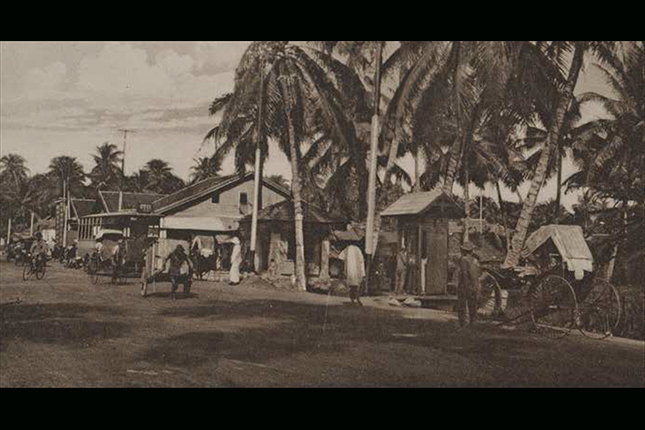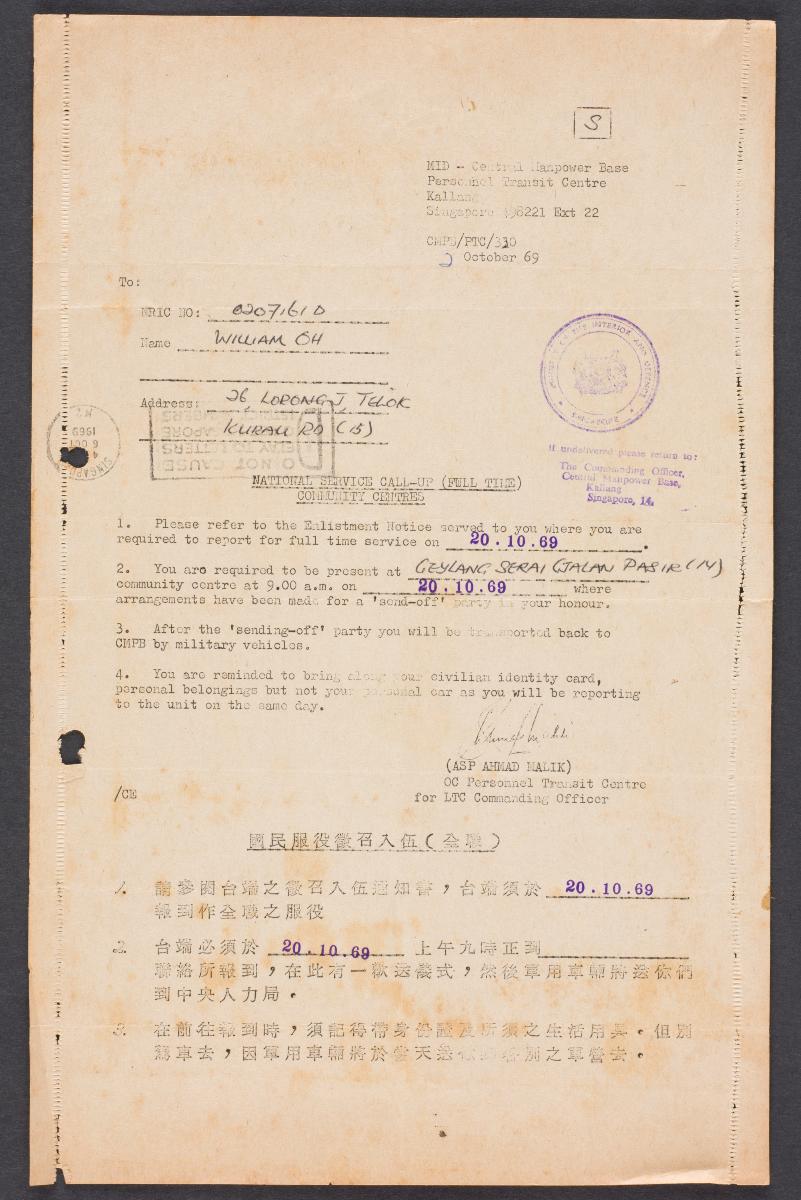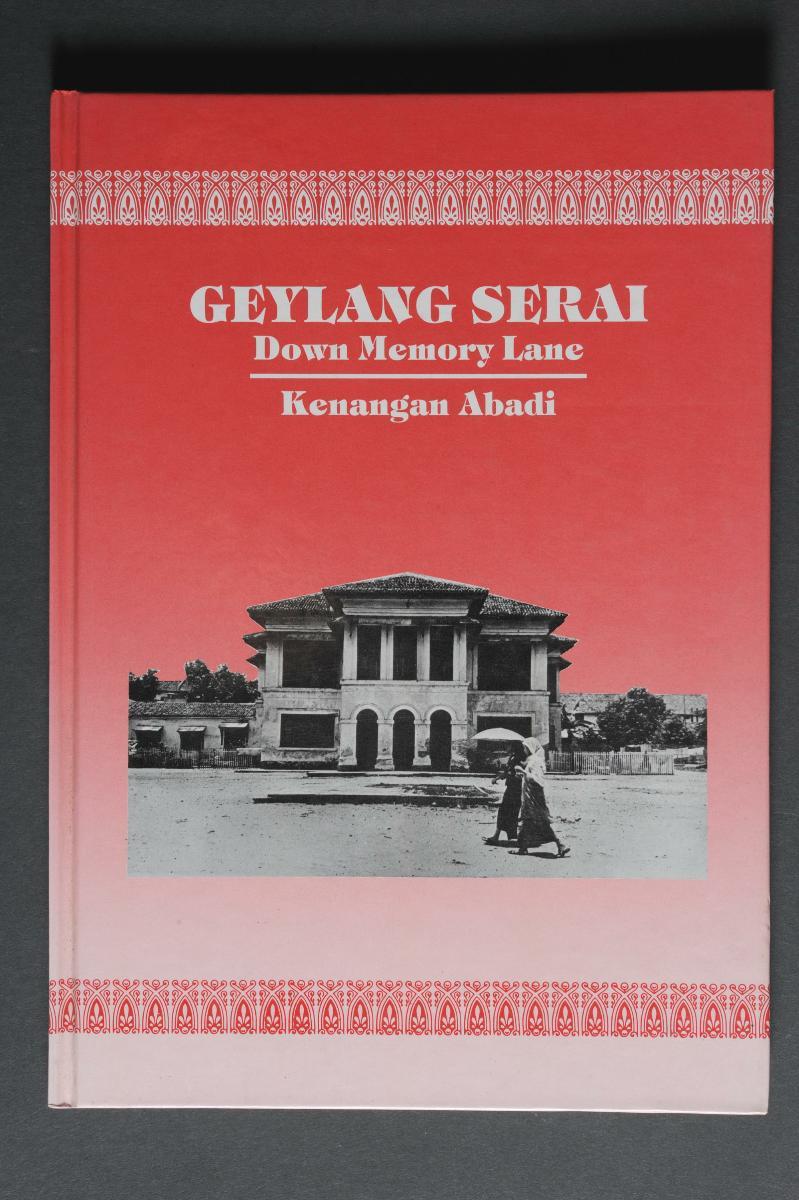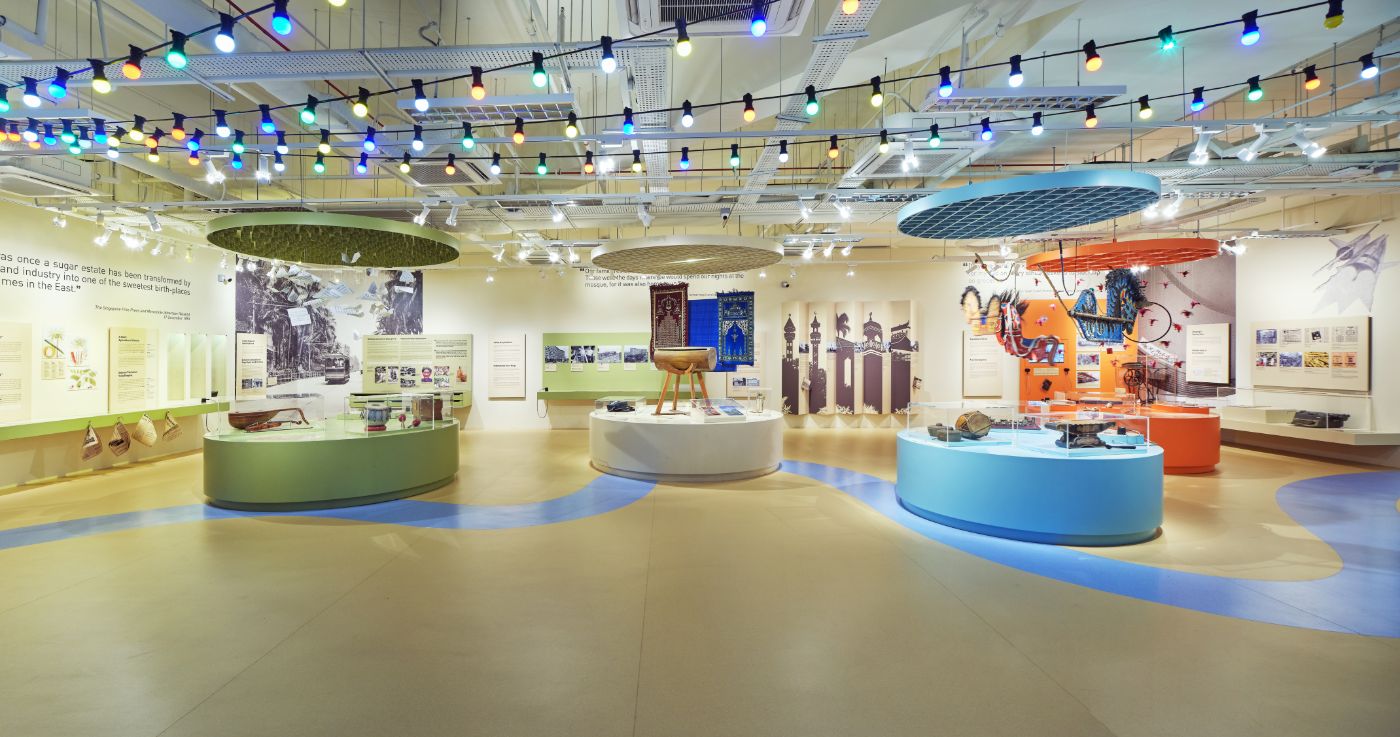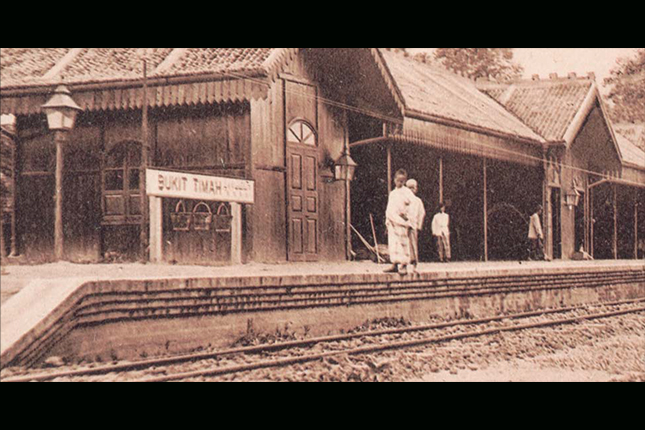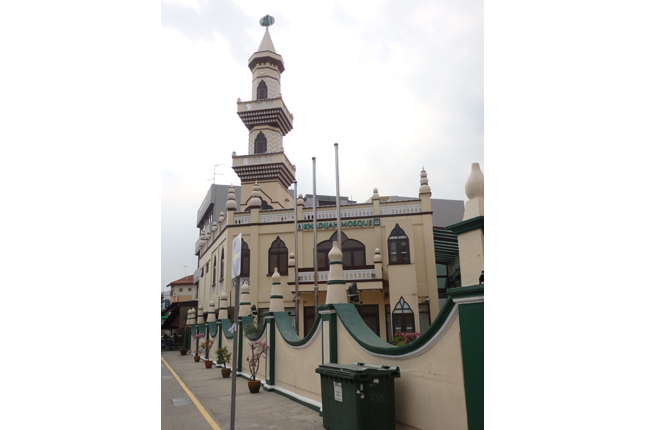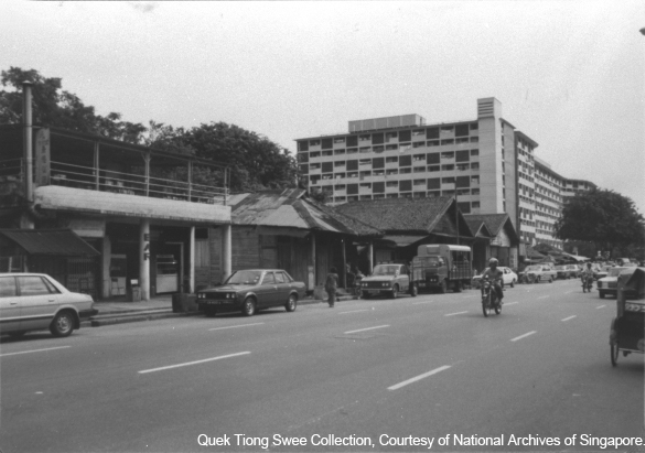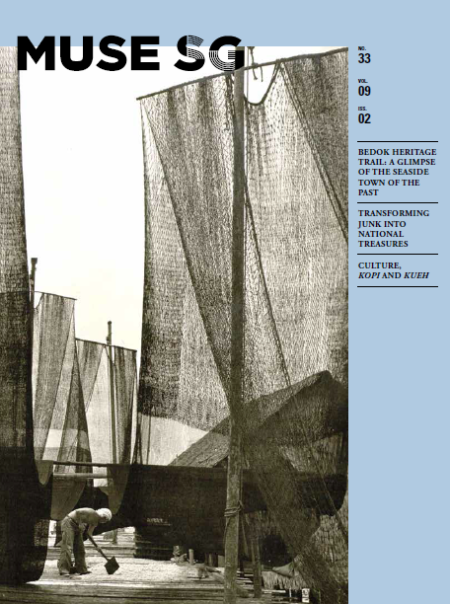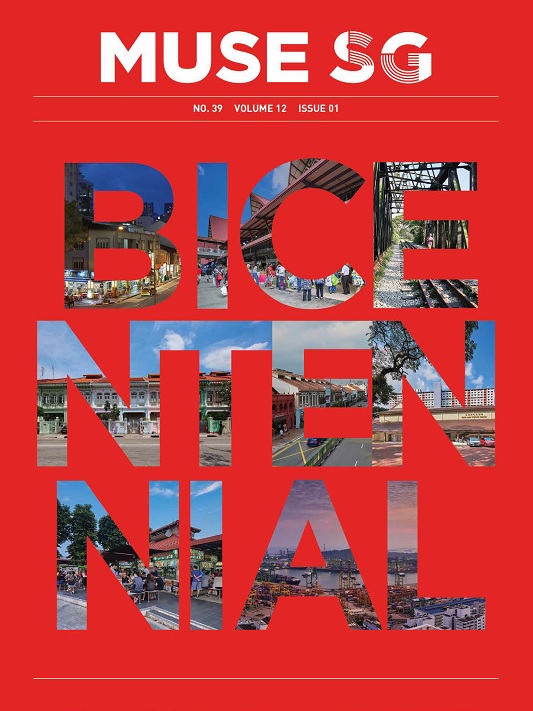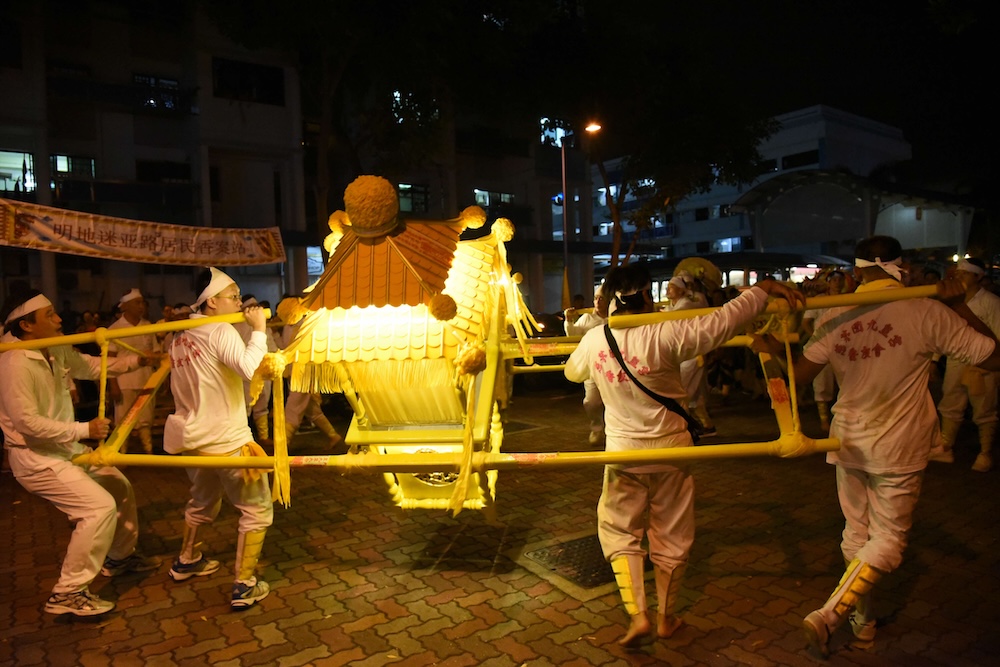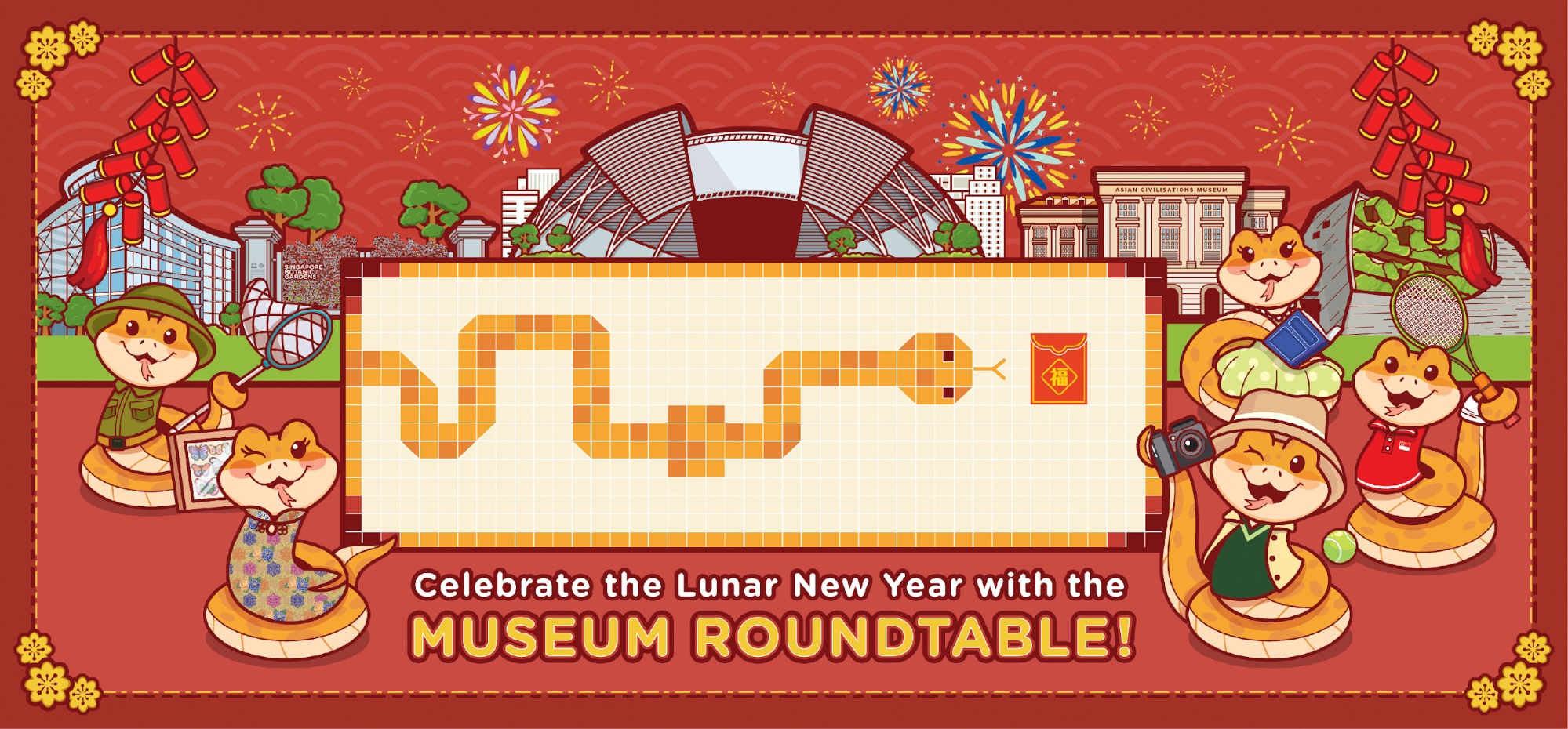Text by Nicole Cheng
MuseSG Volume 9 Issue 1 - Jan to Mar 2016
"Gelang si paku Gelang,
Geylang si rama-rama.
Mari pulang, marilah pulang
Marilah pulang,
Bersama-sama."
Verse from Gelang Sipaku Gelang
The verse above is from the beloved local folk song “Gelang Sipaku Gelang” and while its lyrics are not entirely definitive, the song is often associated with the Malay community’s strong sense of belonging to Geylang Serai. The reason for this can be traced back to the 1890s, when the British forced the Malays and Orang Laut (Malay for “Sea People”) to move further inland from their original settlement at the mouth of the Singapore River.
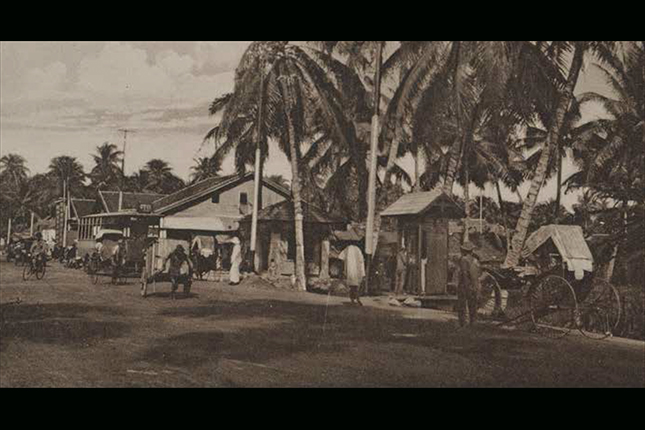
They settled at the area now known as Geylang Serai, forming one of the oldest Malay settlements in Singapore. The area’s name hints of its past as a lemongrass plantation with geylang possibly deriving from the Malay word kilang, which means a factory or press-mill, and serai referring to lemongrass. Much of the area was reclaimed from swamplands to build the foundations for the Geylang Serai we recognize today.
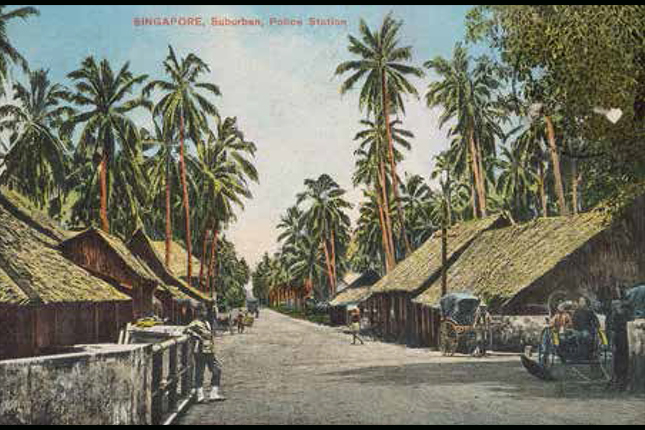
While Geylang Serai was largely known as a Malay enclave earlier, the increasing population of the small island nation and the departure of the British blurred physical boundaries and created more porous communities. People of different religions and cultures learnt to live in harmony with each other.
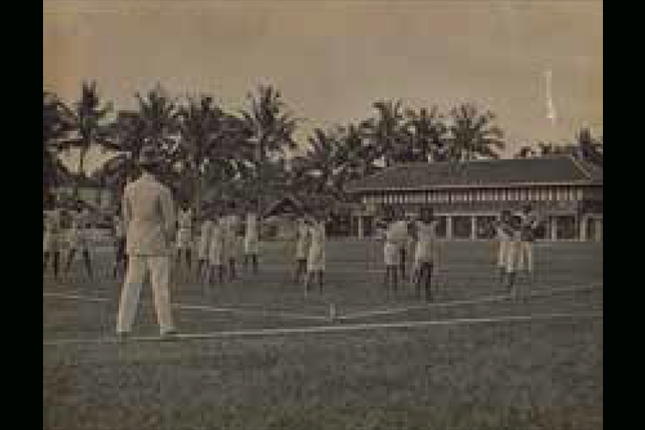
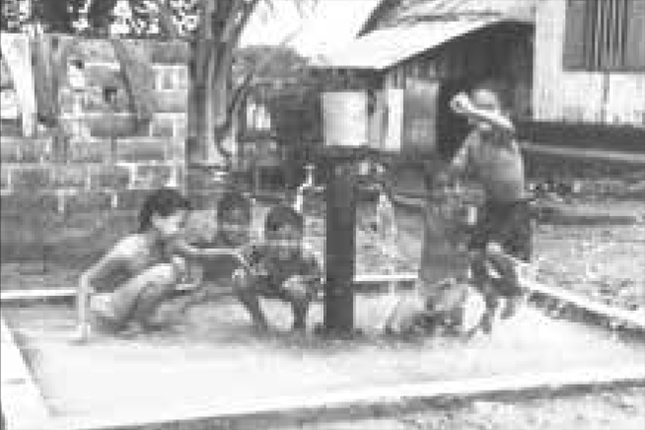
Lee Hong Ping was born and bred within this united climate. His fondest memories are of the Lorong 40 Geylang playground next to the Geylang River, where he and family members would play at for over a decade, sharing walks around it and attending the many community events nearby, such as cultural performances and carnivals.
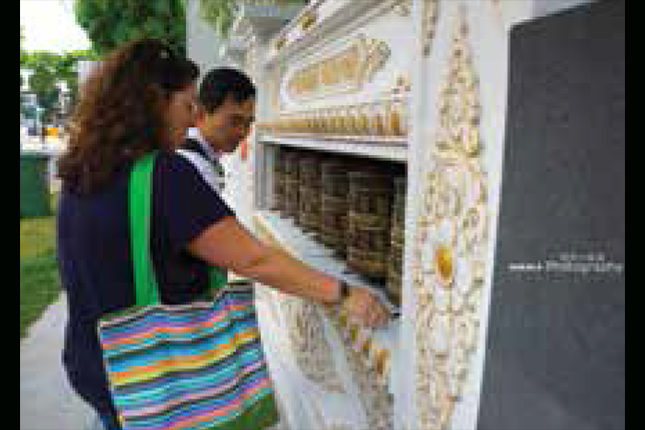
Lee gained a deeper understanding of the rich history and culture of the over 120 clans, associations and organisations in Geylang Serai when he became a member of the Geylang Serai Inter-Racial Religious Confidence Circle (IRCC). Hoping to share the heritage of the area with a wider audience, Lee championed a multi-year project to develop the Geylang Serai Foot and Food Heritage Trails.
Organised by the Integration and Naturalisation Champions (INC) Committee and supported by the National Heritage Board, these heritage trails showcase what Lee described as “the variety and diversity of Geylang Serai [that truly mirror] the multi-racial, multi-cultural Singapore”. Every trail site was selected carefully, taking into account a myriad of factors. At the core of each chosen site was the strength of its story – its history, founding values, objectives and the organisation’s faithfulness to its mission. The architectural conditions at these sites were also considered for driving the trail experience.
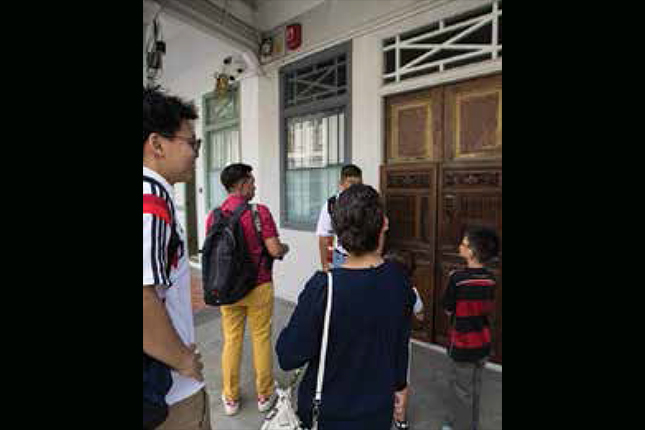
The work on the trails culminated in the creation of a guide map, allowing one to have an insider’s perspective of Geylang Serai. Marked with over 20 sites, the trails weave through numerous lorongs (Malay for road) and give a glimpse into the lives of its residents. Important places of worship and architectural remnants from a bygone era are brought to light on the guide map. A trail-walker will see rows of iconic shophouses line lorongs on either side, their ceramic tiles and colourful façades adorning the shops. Walking towards the entrance of the former Queen’s theatre, one can almost picture mid-nineteenth century residents hurrying in the light of ornate street lamps as they flocked to the foyer of the once-bustling cinema.
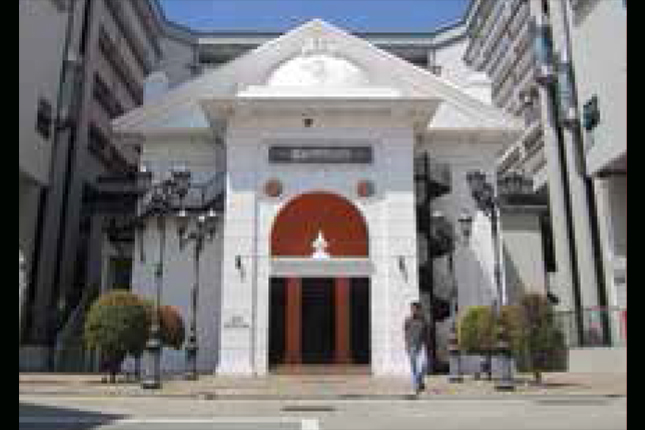
Places of worship are situated throughout the trail. Soon Thian Keing, the oldest Chinese Temple in Singapore, was established during the Qing dynasty and stands just metres away from the prayer halls of the Khadijah Mosque.
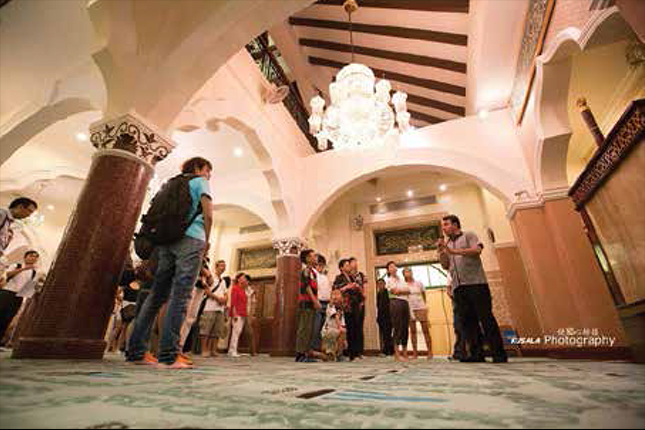
This is testament to the peaceful relationship between the diverse religious groups. Another reflection of the community spirit and understanding was the reaction to a fire in February 2011: It broke out at Chong Hood Lim Association, a Buddhist temple, and had badly affected the neighbouring Coronation Baptist Church. Upon learning that the church was unable to conduct service sessions, the temple association offered to let the church conduct temporary services at one of their newly-acquired activity centres.
No less important are the beloved food haunts on the trail, where one can spot locals gathering and sharing culturally-diverse meals. From enjoying a durian feast with friends and family at the “ five-foot way” along the stalls, to savouring soft and fluffy putu piring (Malay sweet snack) at the renowned Haig Road Centre – the simple pleasures in life remain unchanged from the past.
Since its launch in April, the Geylang Serai Foot and Food Heritage Trails have revealed to many the fascinating and unique story of a former kampong. Amidst the rapid development of our urban landscape, Lee hopes that others can also experience Geylang Serai “[in] its current charm and characteristics [and] see very diverse clans, groups and religious organisations like churches, temples and mosques remaining true to their roots, retaining their rich cultures and heritage, while continuing to co-exist harmoniously as good neighbours next to one another”.
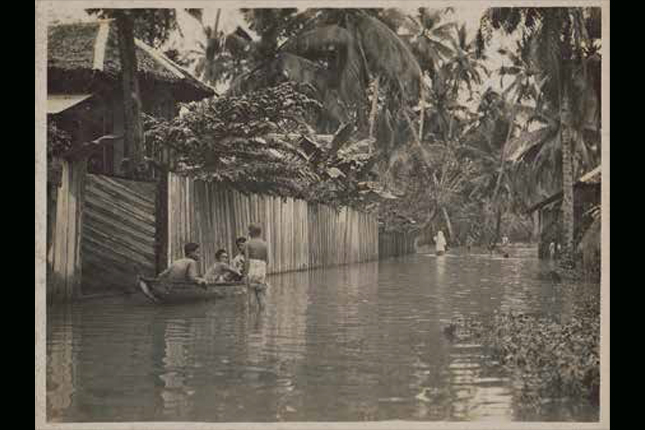
Eager to share other facets of his community, Lee already has plans for the launch of more heritage trails in the future. His and the efforts of Geylang Serai INC are inspiring, and a reminder that everyone has a unique story to tell in the weaving of our Singapore Story.
To find out more about the Geylang Serai Foot and Food Heritage Trail, you can check out their Facebook page at facebook.com/gsheritagetrail, or sign up for the monthly tour at one.pa.gov.sg under Geylang Serai CCC.




